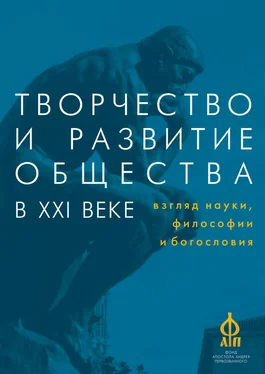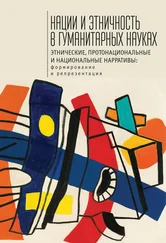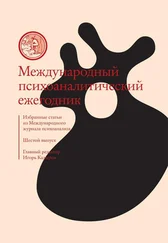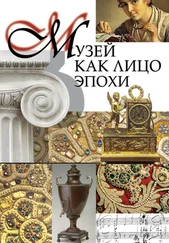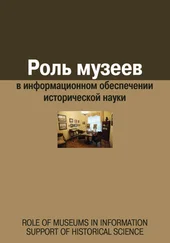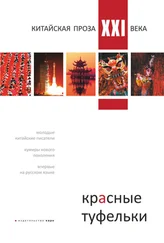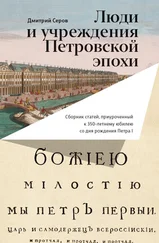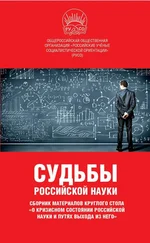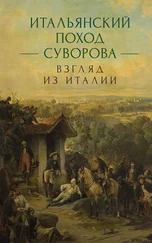Liturgical singing is regarded as an ascetic discipline, which existed in the Russian Church prior to the 16 thcentury that was reflected in the “znameny” chants and chant hook musical notation. It was expected that the singer had to attain the internal prayerful state of consciousness, that could surface as voice traffic, which in its turn contributes to the intensification and re-emergence of inner silent prayer state of consciousness. The purpose of liturgical singing – through an external melodic sign to add to the inner melodic silent prayer to those who have not yet been initiated into it. According to the Holy Fathers the man should be like a musical instrument that is configured for the hymns to God, and sounding under the blessing of the Holy Spirit. The singing starts with an appeal of the singer to the Holy Spirit and this is the beginning of the hook notation. Part singing and linear notation are deprived of these features.
Keywords: isihasm, Basil the Great, Gregory of Sinai, Theophan (Govorov), silence, inner prayer, “znameny” chants, hook notation, liturgical singing, emotion, passions, playing consciousness, part singing, linear notation.
Melik-Pashaev Alexander A., On “Vertical” and “Horizontal” in Artistry
The article is focused on the divergence between the clerical and the secular in all fields of culture – in science, art, education – which, according to many great Christian thinkers should be overcome. The author discusses this problem on the material of art creation, mainly in the fine arts, and finds the basis of unity between clerical (or liturgical) and secular in the phenomenon of synergy that engenders all genuine creation. Artistic creation is considered as one of the possible ways of spiritual self-perfection.
Keywords: creation, artistic creation, clerical and secular art, synergy, picture, icon, portrait.
Mukhina Valeria S., Phenomenology of Scientific Creativity
Such personal features of humans as self-creation and self-standing that predetermine their creative capacity get in the focus of discussion. Socio-historical conditions influence the development of personal creative activity. They are looked upon in the context of realities of the material world, the world of images and signs and the natural world that are transformed throughout history by the impact of human consciousness into socio-normative realities. Evolutional and historical preconditions of creativity are discussed under the conviction that the inner position of individual is of importance as it is part of the creative activity which manifests specifically human activity. Creativity is linked to the feeling of personal identity and is based on knowledge, on inner spiritual life attitude and on the natural human faculty of inquiry and discovery.
Keywords: self-consciousness, external reality, idea field of public consciousness, important ideas, the ambivalence of creativity, spiritual acme, syncretic objective, social freedom, intellectual freedom.
Mumrikov Oleg, Archpriest, Creation as the problem of the beginning: a dialogue of theologians and cosmologists in the 20 th-21 stcenturies
In the present article aspects of judgement of creation of the world in the context of dialogue between science and Orthodox tradition in 20 th-21 stcenturies are considered. Possible prospects of construction of a complete sight of Church in such both difficult and many-sided phenomenon of scientific thought as modern cosmology are presented.
Keywords: apologetics, cosmology, Creation, science and religion.
Mysyk Alexander D., Religious and Church Art: Differences in Understanding of the Artistic activity
The article analyzes the differences in understanding artistry on the example of icon painting development in the Orthodox Church and its transformation in the Roman Catholic Church in the religious art of iconography. It is asserted that the sacred images (icons, frescoes, etc.) are substantiations of dogmatic theology and their function – is to that of liturgical art. Fathers of the 7 thEcumenical Council stated that icon painting finds its roots in the Christological doctrine of the Church. This means that the hypostatic image of God-Man Jesus is the cornerstone of icon-painting, it is Christ. After that come the hypostatic images of the Virgin, the angels and the saints. Icon expresses the Orthodox anthropology, which is understood as the human implementation of Godly likeness – the meaning and purpose of human existence. Distorting the hypostatic image depersonalizing it, turning it into a scheme and abstraction, fine art expresses unorthodox teachings and contributes to the rooting of false teachings.
Keywords: Holy scripture, Church narration, tradition, icon painting dogmas, Caroling books, Frankfurt, Paris and Second Vatican ecumenical Councils, iconoclasm, apostasy, temple, interior.
Nemchinov Victor M., Society and Personality: Mechanisms of Consciousness Boosting and Blocking Development of Talent
The paper continues the discussion started at the latest Dubna conference dedicated to artistry in human activities and goes into dichotomy of creativity and artistry revealing their opposition. Factors required for the growth of talent – as well as circumstances obstructing talented work substituting it by the social demand for creativity manifest in the globalized consumerist society of presently dominant symbolic exchange – are discussed. This analysis is crowned by the concept of personality which emerges in the process of unrestrained growth of human ingenuity and talent.
Keywords: process of human artistry, creativity, work deprived of talent, creator, professionalism, spirituality, dialogue with the Other.
Nikitin Vladimir A., Contribution of JINR to Science of the Matter Structure.
Joint institute for nuclear researches is a versatile scientific organization. The physics of elementary particles as the most fundamental direction of nature cognition makes the basic part of JINR research program. Research tools are accelerators which operate in an energy range of electrons, protons and nuclei ~ 1 MeV– 10 GeV. The wide program of fundamental and applied works is carried out on accelerators. In particular, the medical laboratory for radiation therapy of cancer diseases operates in JINR. The discovery of transuranium elements Dubnium-105 and Flerovi-um-114 is registered. Creation of a collider of protons and nuclei with energy of the intersecting beams 10 GeV is performed. The reactor creating the number of neutron beams for fundamental and applied works operates. JINR scientists are awarded the Nobel Prize and 13 state awards that testify the wide social recognition of Institute achievements. The aim of science is to obtain knowledge of the Universe as a whole, about its remote corners and about the smallest fundamental particles of substance.
The scientific picture of the world becomes a part of the general outlook. Physics’ achievements enter into practice and define the character of civilization. Riddles and complexities, which scientists and theologians encounter, are rather similar. This opens up possibility and the necessity of dialogue between science and theology.
Keywords: particle physics, hadrons, leptons, quarks, accelerators, instruments for research, fundamental and applied research, science and theology dialogue.
Osipov Aleksey I., On the Goal of Creative Activity
The paper regards the aims of creative activity in relation to the life meaning values. There is a real threat of dehumanization of man, a thereat to his moral and spiritual degradation against the background of continued technical and technological progress. Focusing creative and general human activities predominantly on the increase of material welfare and comfort without due attention to spiritual improvement represents a threat of self-destruction of humanity which had been modelled experimentally in the “Universe 25” project.
Читать дальше
Конец ознакомительного отрывка
Купить книгу
